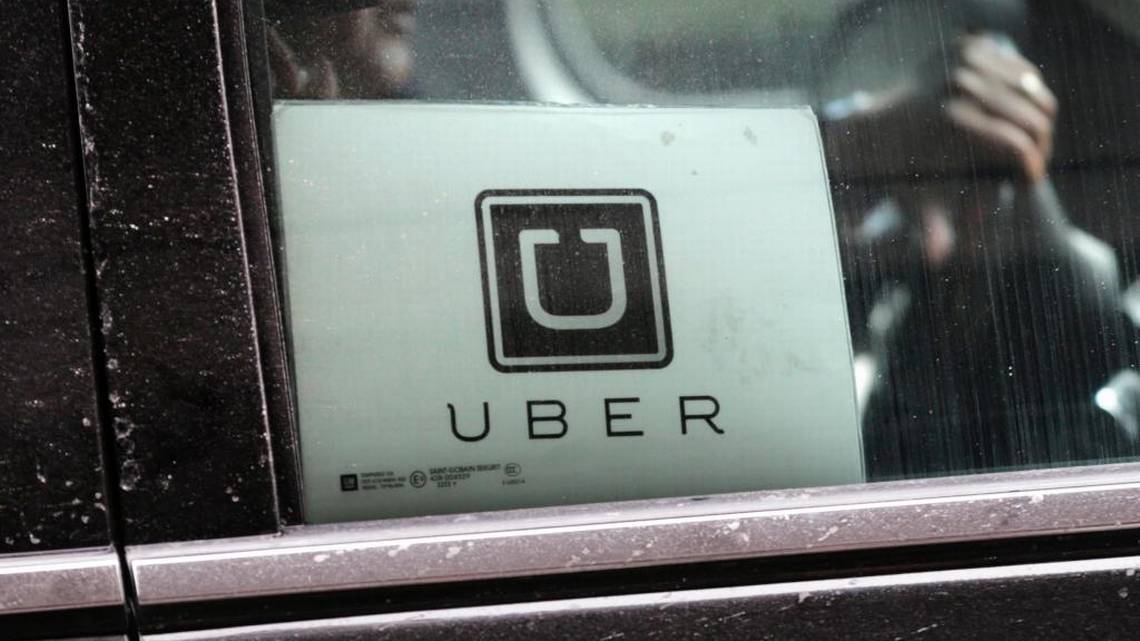
The next time you take an Uber in Miami, you may want to keep this in mind: most of your driver’s livelihood likely depends on the service.
Data supplied by Uber alongside a study commissioned by the rideshare service released Thursday show drivers and couriers working for Uber earned $504 million directly from the mobility platform in 2017. That represents more than half the $929 million in combined annual income these drivers earn in a given year from Uber and any other earnings source they may have.
[Uber’s] flexibility enables some drivers to drive only a few hours per week to supplement other sources of income, while others rely on Uber as their main source of income,” the study says.
Some 84 percent of drivers surveyed said the top reason they driver for Uber was to increase their income and help pay their bills. That’s even as 82 percent said they also earn income from other sources. Two-thirds of drivers said they now make more than they did before joining Uber.
The study did not include the average earnings of Uber drivers, the demographics of drivers or riders, or total drivers or ridership in Miami. This is the first year in which Uber has carried out a local economic impact study of this kind.
All told, the group calculates Uber’s contribution to Miami’s economy is $706 million—about two-thirds of its entire impact in for the state of Florida. Uber’s other Florida markets include Orlando, Tampa-St. Petersburg, Jacksonville, Gainesville, and Tallahassee.
For Miami, the economic impact includes $69 million in increased spending created from productivity gains, study authors said.
By way of comparison, Lyft issued a study this year showing its platform created a similar $68 million in additional spending gains. That study did not evaluate overall local economic impact.
For Uber riders, the collective value of having the service in Miami adds up to more than a quarter-billion dollars, given cost savings, time savings, and added amenities, according to study estimates. The average benefit per trip is $6.61 in cost savings, $4.73 in time savings, and $4.64 in amenity value, the group said.
“Over half of Uber riders in Miami save money by using the service,” the study’s authors say. “Others pay more because they value its convenience or time savings benefits. After accounting for both groups, there is a net rider savings valued at $266 million annually.”
Thanks to new state regulations, Uber does not have to pay Miami-Dade County taxes or fees to operate, though it must continue to pay licensing costs at MIA Airport and PortMiami. Between May 2016 and May 2017, Uber paid $2.2 million to operate out of MIA Airpot. Data showing how much the company paid to operate out of PortMiami were not immediately available.
The new report also found that nearly one-third of Uber riders have incorporated Uber into their commutes, with one out of 10 using the service to connect to public transit. For Miami Uber Public Affairs Manager Javi Correoso, this shows that the service should be considered a key component of any regional transportation plan.
“Since the launch of this business in Miami four years ago, we’ve found that it not only complements transportation here, but it is also helping fill in the gaps we have,” he said.
